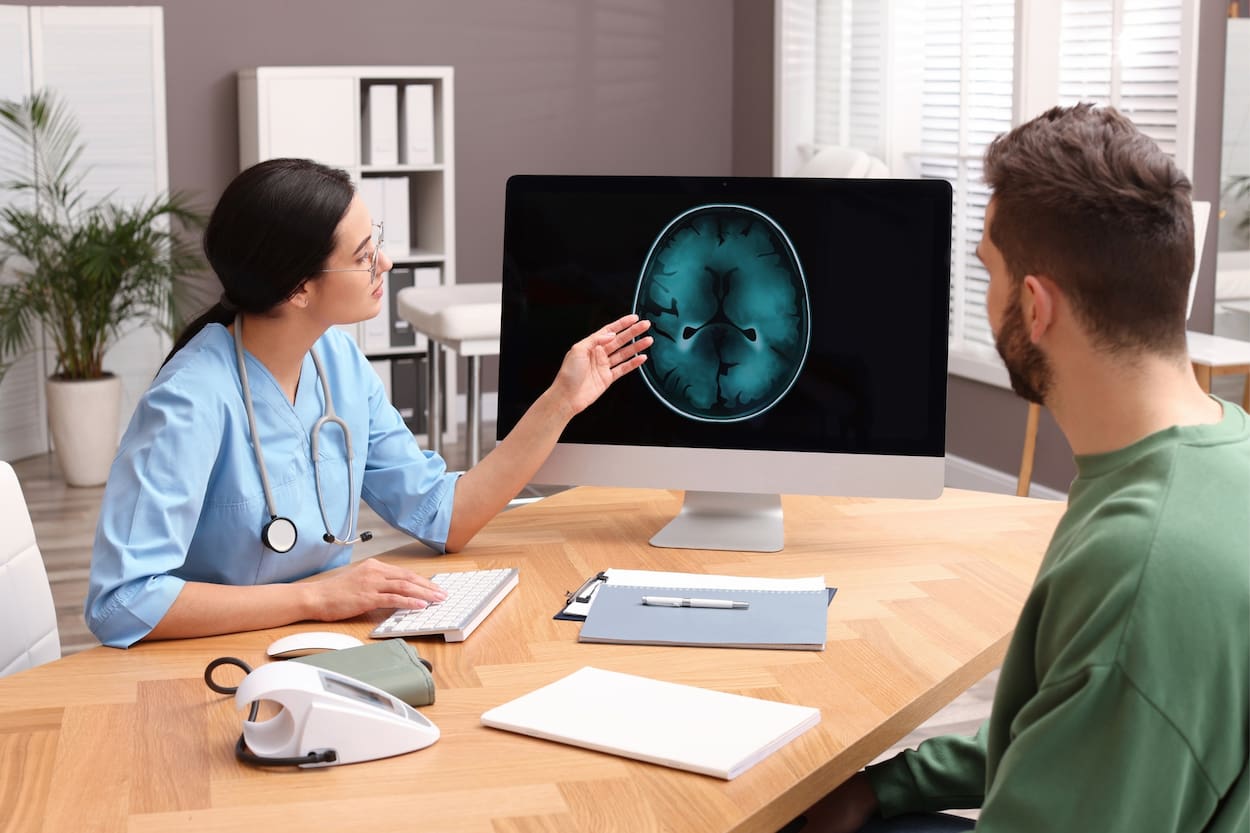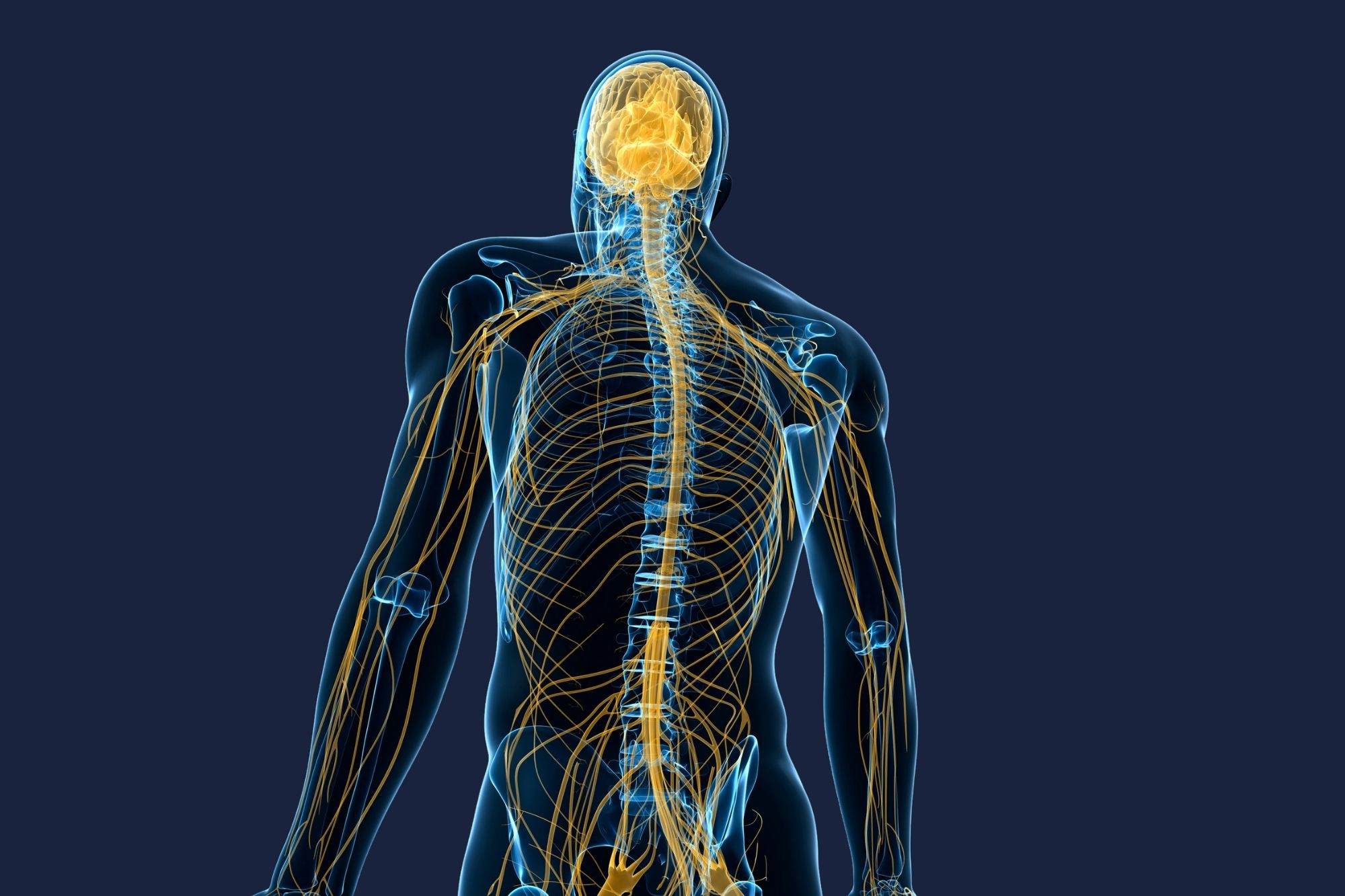
Minimally Invasive Neurosurgery
The field of neurosurgery has evolved dramatically over the past several decades, with advances in technology and techniques leading to better patient outcomes and reduced risk. One of the most significant developments in recent years has been the growth of minimally invasive neurosurgery (MIN), which allows surgeons to perform complex brain and spine procedures with less damage to surrounding tissues and fewer complications. As this field continues to expand, the future of minimally invasive neurosurgery promises to be even more exciting.
One of the most important developments in the future of MIN will be the integration of robotics into surgical procedures. Robotic assistance has already been used in other areas of surgery, such as prostate and gynecological procedures, and is now being adapted for use in neurosurgery. The use of robots allows for even greater precision and control during surgery, which can lead to better outcomes for patients.
The integration of augmented reality (AR) and virtual reality (VR) into MIN is another potentially fruitful area for research and development. Surgeons are now able to view 3D models of the patient’s brain or spine while operating on them thanks to advances in augmented and virtual reality technology. This provides them with the ability to plan and carry out procedures with a higher degree of precision. During an operation, this technology can also assist surgeons in locating and avoiding critical structures, thereby lowering the likelihood of experiencing complications.
Another important trend in the future of MIN is the use of nanotechnology. Nanoparticles can be used to deliver drugs directly to the brain or spine, allowing for targeted treatment of tumors and other conditions. This approach can help to reduce the side effects of systemic drug treatments and improve the effectiveness of treatment.
Overall, the future of minimally invasive neurosurgery is bright, with new technologies and techniques promising to revolutionize the field. As these innovations continue to develop, we can expect to see even better outcomes for patients and continued growth in the field of neurosurgery.
New Features of Minimally Invasive Neurosurgery
Minimally invasive neurosurgery has continued to evolve over the years with the development of new features and techniques. One of the newest features is the integration of robotics and computer-assisted surgery, which allows for even greater precision and control during surgery. Another feature is the use of 3D imaging and navigation systems, which help surgeons to plan and execute procedures with greater accuracy. In addition, the use of nanoparticles and other targeted drug delivery systems is helping to improve treatment outcomes for patients.
Finally, the incorporation of artificial intelligence is also providing new insights into surgical decision-making, allowing for more personalized and effective care. These new features are helping to transform the field of neurosurgery and improve outcomes for patients.

What Are the Restrictions After Minimally Invasive Spine Surgery?
Patients who have undergone minimally invasive spine surgery will need to adhere to certain guidelines and restrictions in order to ensure proper healing and recovery from the procedure. These limitations are subject to change based on the kind of operation that was performed as well as the specific requirements of each patient. In most cases, patients will be instructed to refrain from activities such as bending, lifting, and twisting for a period of several weeks after surgery in order to avoid placing strain on the surgical site.
Additionally, it is possible that they will need to wear a back brace for a certain amount of time in order to help support the spine and facilitate the healing process. It’s possible that your doctor will recommend physical therapy and rehabilitation to help strengthen the muscles in your back and improve your mobility. In addition, patients should follow the instructions provided by their surgeon regarding the management of pain and the use of medications, and they should attend follow-up appointments as directed.
After undergoing minimally invasive spine surgery, patients can reduce their likelihood of experiencing complications and improve their chances of having the most favorable outcome possible if they adhere to the following guidelines and restrictions.
The Study of Minimally Invasive Neurosurgery
A recent study published in the Journal of Neurosurgery explored the outcomes of 200 patients who underwent minimally invasive spine surgery for herniated discs. The study found that the patients who received MIS had significantly shorter hospital stays, fewer complications, and a faster return to work compared to those who underwent traditional open surgery. This study highlights the advantages of minimally invasive techniques in specific neurosurgical cases, emphasizing the potential for improved patient outcomes and healthcare efficiency.
What Is A Limitation Of Minimally Invasive Surgery?
While minimally invasive surgery (MIS) has many advantages over traditional open surgery, there are also some limitations to this approach. One of the main limitations is that not all surgical procedures can be performed using minimally invasive techniques. In some cases, the complexity or location of the surgery may require open surgery to ensure proper visualization and access to the affected area.
Additionally, there may be cases where the patient’s medical history or condition may make them a poor candidate for MIS, such as in cases of severe obesity or heart or lung disease. MIS may also take longer to perform than open surgery, particularly in cases where extensive preoperative imaging and planning are required. Despite these limitations, minimally invasive surgery remains a safe and effective option for many patients, with lower rates of complications and faster recovery times compared to traditional open surgery.
Healthy Türkiye Notes
In conclusion, minimally invasive neurosurgery has come a long way in recent years, and the future of this field promises to be even more exciting. With the integration of robotics, augmented reality, and artificial intelligence, surgeons can provide more precise and personalized care to their patients. Additionally, the use of nanotechnology and targeted drug delivery systems is helping to improve treatment outcomes and reduce side effects. While there are limitations to minimally invasive surgery, including the need for open surgery in some cases, the benefits of this approach cannot be ignored. Minimally invasive surgery offers a safe and effective alternative to traditional open surgery, with lower rates of complications, faster recovery times, and improved patient outcomes.



